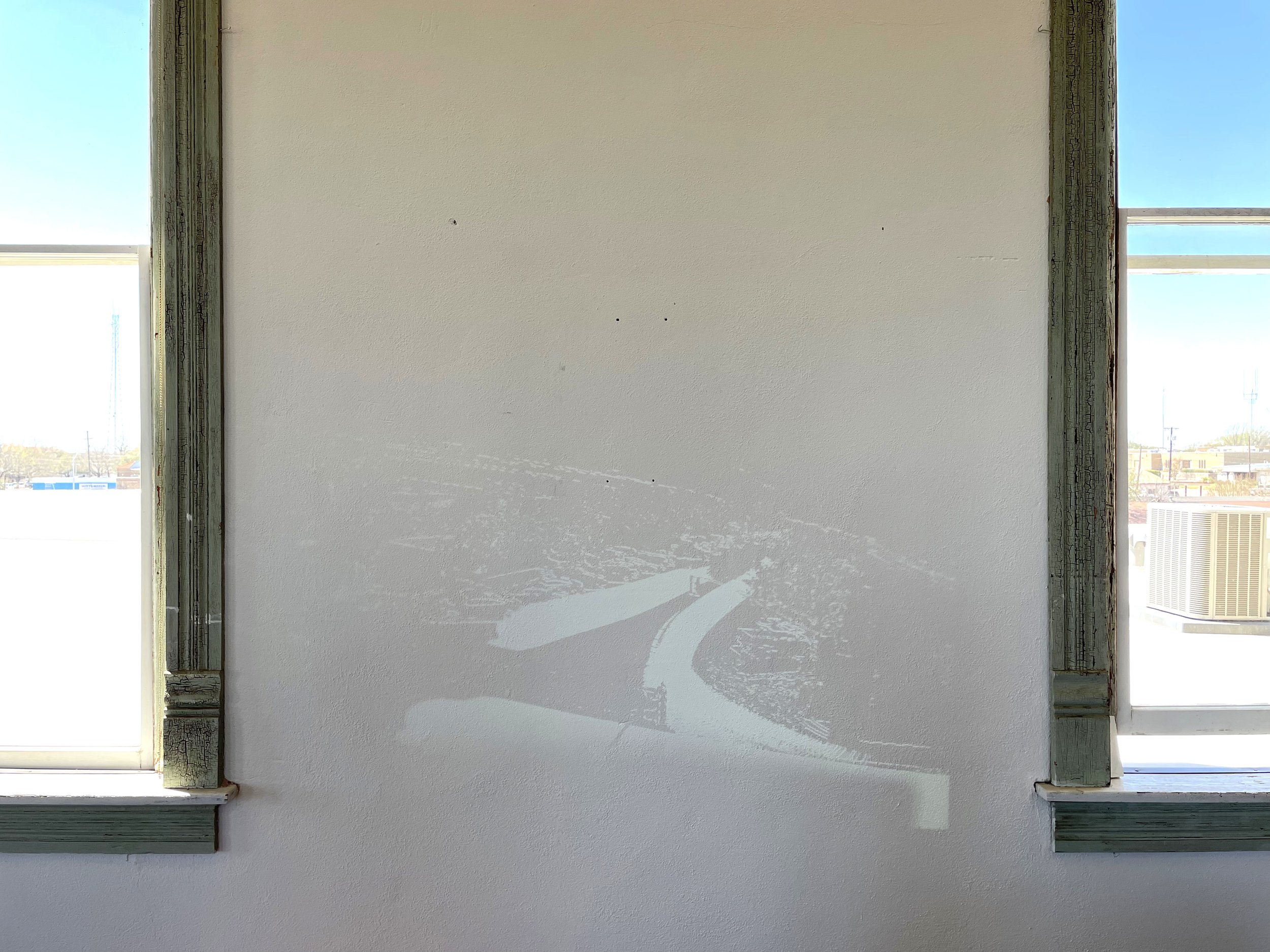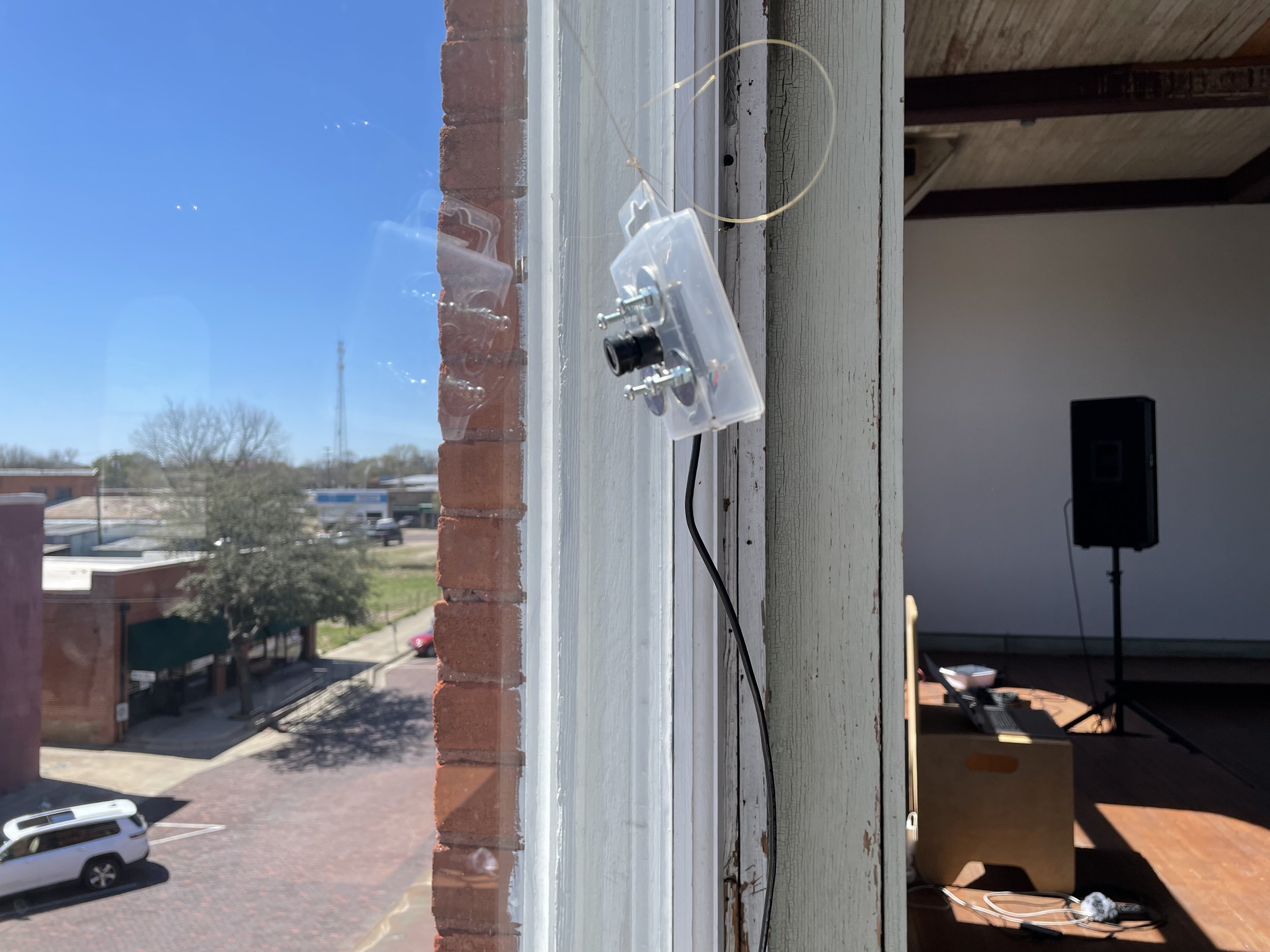Reykjavík, Iceland
100 West 3rd Floor Studio
Litten Nystrøm and Haraldur Karlsson are each captivated by the properties of light. Litten’s lumen prints and Harldur’s projections and video installations follow the effects of light on organic materials and awed viewers, respectively. Her ghostly prints, created through ironing and other imaginative processes of image transference from one fabric to another, unfold the fading stories of place, wear, and memory—” the teeth of time”— while his video installations visualize light on the move. Their individual processes build and inform each other, leading to site-specific collaborations that are powerful examples of “constructive interference.”
Residency Focus
On daily walks through the neighborhood, Litten collects cement, stone, crumbling paint from 100 West, and rust and blood-colored bricks in various stages of decay to create oil pastels. Pigments from the collected debris are combined with linseed oil, boiled down, and set in beeswax donated by Corsicana’s local apiary. This process can be understood as a distillation of place.
As Litten distills Corsicana into color, Haraldur distills the city into pure motion using an extremely light-sensitive camera. The camera registers movement as disturbances in light, producing images similar to how a snake processes the vibrations caused by moving prey as sound and is thereby able to pinpoint its size and location. Haraldur positions the camera in the southeasternmost window of the studio to record the intersection of 3rd Avenue and Beaton Street. By manipulating the footage with Max MSP, a software used mainly by musicians, objects approaching the intersection become so abstracted that their forms are unrecognizable. What remains is a record of kinetic energy, an extended transference of light in and out of our field of view.



